
What Are Eichler Homes? Popularizing Mid-Century Modern Homes
Published: 24/03/2023 | Updated: 10/09/2023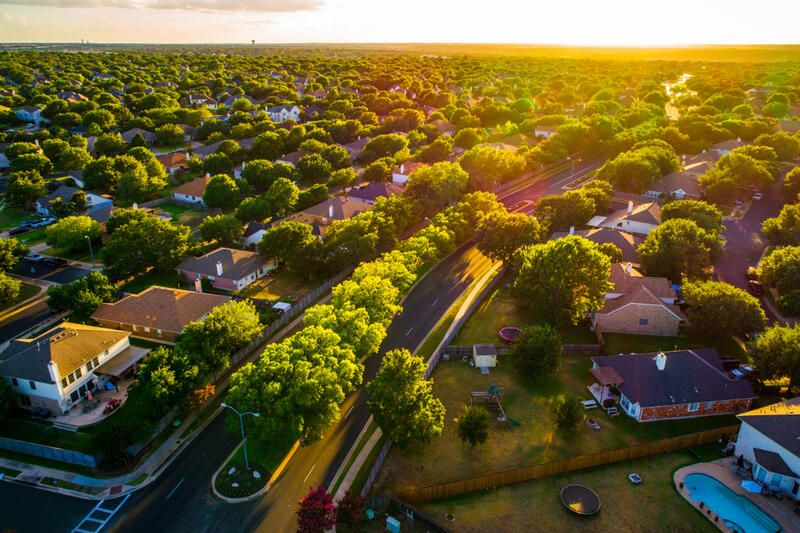
The Mid-Century Modern style that Eichler homes have come to represent is well recognized. You probably love this architectural style if you like simple shapes, conventional materials, and little decoration. But if you're curious about who Eichler is and the kinds of houses he created, keep reading.


One of the key contractors responsible for making contemporary homes accessible to the general public was Joseph Eichler, a real estate developer who operated in Northern California & Southern California in the 1950s and 1960s. Around the San Francisco Bay Area and Los Angeles, he constructed more than 11,000 homes, challenging the prevailing conception of what was achievable for middle-class suburban residences.
The History of Joseph Eichler Houses
Let's find out more about the history of these significant homes, from the construction of the first prefabricated home in 1947 to declaring bankruptcy in 1966.
1950's Suburbs
Many people were suddenly able to purchase a home when suburbia expanded in the 1950s as a result of affordable housing and construction as well as GI Bill benefits for returning service personnel (mainly offered to white veterans). Many cities and towns promoted suburban living by building planned communities and motorways to link them to the city.
Houses had to be mass-produced because of the postwar boom's strong demand and low prices. The suburban ranch-style home was the most popular option among developers (particularly Levitt and Sons), and it quickly became the standard for 1950s families. They were low to the earth, had an open floor layout, and had a sizable yard. However, due to their assembly-line manufacturing, they were of poor quality and frequently identical to nearby dwellings. Additionally, they were typically zoned, constructed, and sold to only white communities.
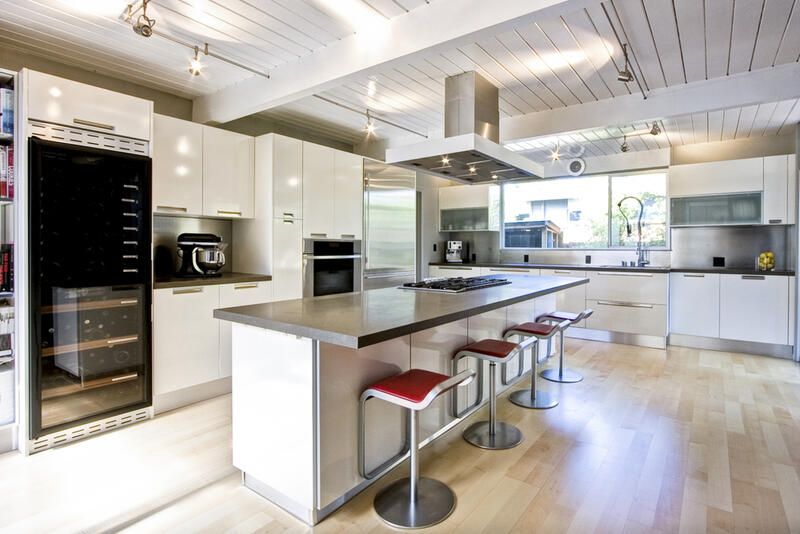
The Beginning of Eichler Homes
Joseph Leopold Eichler fell in love with modernist homes over traditional houses after residing in a house designed by renowned architect Frank Lloyd Wright in San Francisco. He also recognized the advantages of affordable, simple-to-build homes and intended to enhance their design and construction standards while maintaining their accessibility. To create the first Eichler homes, Eichler collaborated with modernist architect Robert Anshen. He chose on planned, affordable communities instead of the initial dwellings, which were prefabricated and meant for owners to build on their lots.
He built nearly 11,000 homes as part of planned communities throughout the suburbs of Los Angeles and the San Francisco Bay between 1949 and 1966. Socially connected community spaces, such as parks and community centers, were a key component of his designs. He was the first major builder to sell to people of color, including constructing a house on his property for an NAACP leader. His resignation from the National Association of Realtors resulted from their rejection of his social ideals, particularly his non-discrimination policy.
The Rise to Fame
People at the time thought Eichler homes were quite strange-looking. However, they eventually came to represent the core of Modernist design. In addition, they were extremely inexpensive, costing only $10,000 to $46,500, or around $110,000 to $509,000 in modern dollars. Following his success, other developers seized the chance to construct inexpensive, contemporary residences (known as "Likelers"). They contributed to the development of the well-known California Modern style despite not being as popular.
The End of the Line
Eichler ventured into opulent and subsidized multi-family housing after his homes were a success. Unfortunately, this wager failed to draw in the few renters that were already there. His company filed for bankruptcy in 1966 as a result of this, as well as delayed investment returns, extended completion deadlines, and challenging permitting procedures.
Eichlers are still prized as high-quality houses today and are popular with buyers who prefer the look and feel of the 1950s and 1960s.
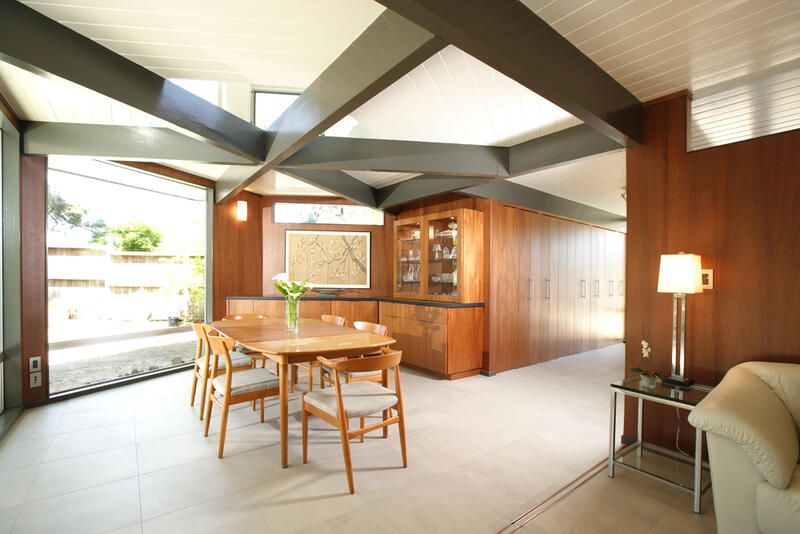
The Eichler Home Look
Eichler's are highly sought-after by today's customers, just like the majority of the outstanding examples of midcentury design. This is what makes this kind of house so unique.
The houses had an impression of being both industrial and organic, with an intimate relationship to the terrain, even though they were mass-produced. Frank Lloyd Wright's design principles were an inspiration to Eichler during his time living in one of his residences, and he set out to make them affordable for middle-class homebuyers.
Compact brick buildings with asphalt shingles and little windows were the norm at the period. Large windows, simple lines, indoor-outdoor living, outdoor foyers, natural light, and open interior spaces are instead typical elements of an Eichler home.
Do a lot of these homes remind you of others you've seen? That's because a lot of what we today consider normal or acceptable in a home was inspired by the modern aesthetics of Eichlers'.
If you want to tell if a house is a genuine Joseph Eichler built (as opposed to a "Likeler"), search for Eichler's signature concepts:
-
There are usually big windows facing the backyard and little windows facing the street.
-
A low-gabled roof with a wide, receded entrance
-
Redwood or mahogany-made paneling, doors, and exterior surfaces are made of wood.
-
Check beam construction. Exposed beams and posts are positioned widely apart.
-
Integrated appliances and furniture
-
A wide, light atrium with a central patio
-
Open-concept dining, kitchen, and living room that occasionally have glass walls. Open living spaces are always a giveaway.
-
Unimpeded vistas of the outside
-
Clean geometric lines
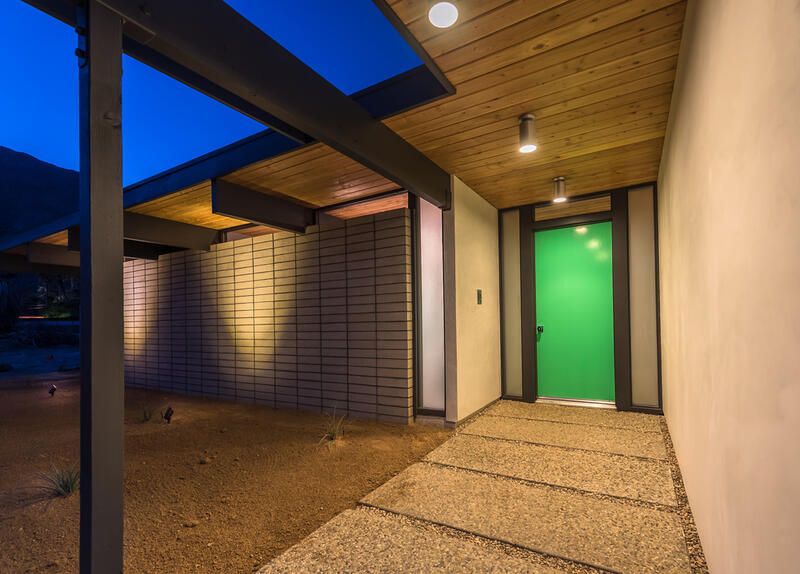
The Desire Behind Eichler Homes
Although Eichlers were initially constructed as cost-effective housing solutions, owners now frequently view them as works of art and architectural treasures. They are readily available and sell quickly in the San Francisco Bay Area.
Eichler's modernist vision is unquestionably in line with current design trends, which include open-plan living spaces that are bright and tidy as well as furniture that nods to mid-century modern design. Not to mention that middle-class home buyers can easily update them.
Eichlers have very clean lines and are easily transformed into stunning, ultramodern homes. Additionally, purchasers continue to be drawn to the modern features found in many Eichler homes, such as radiant floor heating. Modern living and space concepts that still appeal to homeowners today are rethought in Eichler homes.
Parks and other community amenities were also included in Eichler's estates, which is an idea that modern master-planned communities are returning to. When other builders declined, he pledged to offer houses to people of color. He made the infamous offer to purchase back homes from people who claimed that having black and brown neighbors would decrease the value of their properties.
New ideas in suburban living included the modernist style and community building. By providing a housing alternative that appeals to home buyers of all generations, these Eichler communities sought out fresh approaches to counter suburban naysayers.
The San Francisco Bay Area Eichler Community
Eichler developments frequently drew artists, engineers, architects, and academics due to their distinctive designs. Buyers were initially wary of his vision due to its novelty. But as time went on, they gained respect as modern masterpieces all around the nation.
Residents of Eichler homes now are fiercely devoted. Many have replaced everything from door handles to faucets to return them to their original designs. By pooling contractors, real estate agents, plumbers, and furnishing shops that specialize in Eichler design, these Eichler communities foster community. They consider Eichler homes to be more than just contemporary dwellings; they are also a way of life.
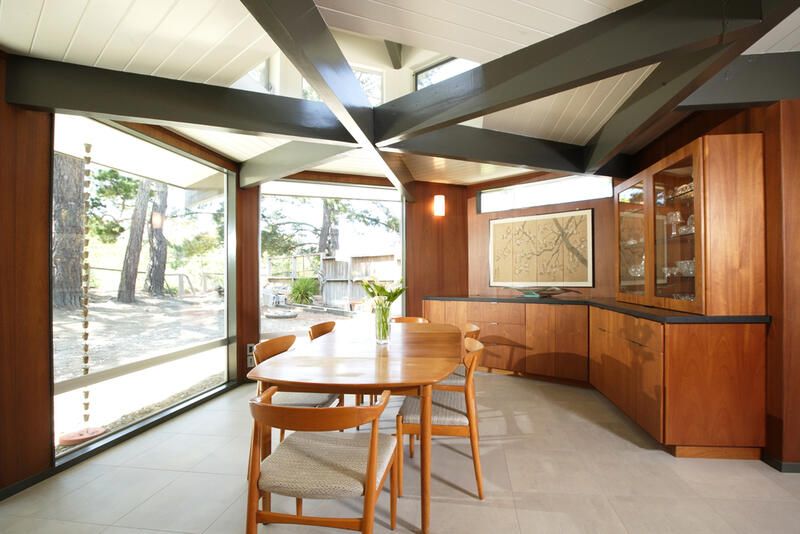
The Design Community; Eichler Home Renovation Tips
Read on for design advice from the pros if you own an Eichler or want to incorporate a mid-century modern style into your home.
Major remodeling or renovations can be challenging, especially if you want to stay true to the original design. Additionally, certain communities can be very protective of the original mid-century design, so you might not be permitted to make any changes.
Think about minimalism when planning your Eichler home's renovation. In mid-century modern homes, huge plants or sculptures that make a bold statement are commonplace. Concentrate on the essentials and add a few accessories to finish the appearance. Avoiding clutter will help you keep the design simple and will let the open living area speak for itself.
If you want to replace your windows, pick something that goes well with the minimalist style. Use something that complements the other architectural elements of your property and stay away from busy patterns. Bring in as much natural light as you can, and that's all.
It might be challenging to repair an Eichler home because of its distinctive style. Roofs provide particular difficulties due to their steep pitches and outmoded construction methods. Inquire about modern technologies, waterproofing capacities, and how faithfully it will resemble the original design while searching for a roofing contractor.
Complimenting the Eichler Look; Professionals
The American dream is to get that modern look indoors and in your outdoor space. Complimenting such a sophisticated build can be overwhelming or difficult. This is where professionals come in.
If you were lucky enough to get your hands on a Joseph Eichler build or you just want to compliment your "Likeler" we suggest using an online design program like Shrubhub.com
Shrubhub.com helps compliment the interior of your house with the exterior since your outdoor space deserves to be just as beautiful. They provide full 3D designs with a free phone consultation so check them out now for a 70% discount!


